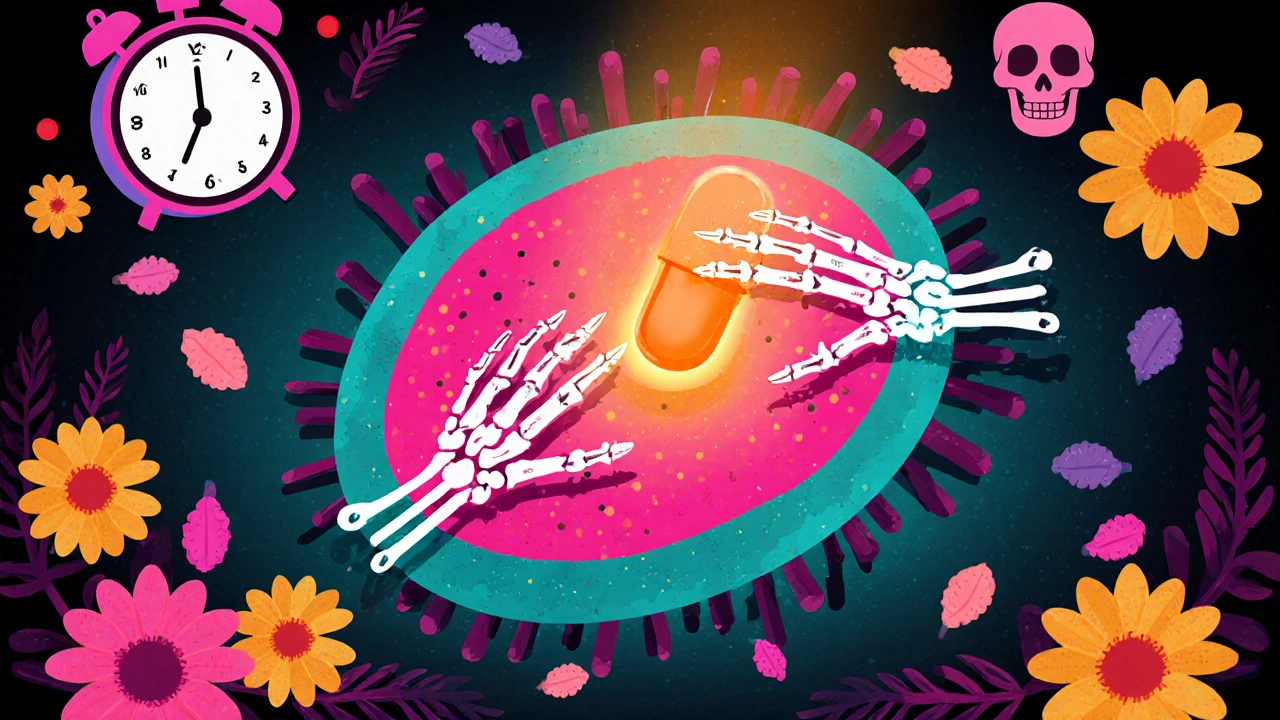Therapeutic Strategies: What Works for Chronic Conditions and Common Illnesses
When it comes to managing health, therapeutic strategies, planned approaches to treat or manage medical conditions using medications, lifestyle changes, or combined methods. Also known as treatment protocols, these are not one-size-fits-all—they’re built around what the body responds to, what side effects you can tolerate, and how your condition progresses over time. Whether you’re dealing with high blood pressure, mental health challenges, or skin discoloration, the right therapeutic strategy isn’t about finding the most popular drug—it’s about matching the right tool to your specific situation.
Take blood pressure medication, drugs designed to lower arterial pressure and reduce strain on the heart and vessels. Also known as antihypertensives, these include ARBs like Candesartan, ACE inhibitors like Perindopril, and combo pills like Zestoretic. Each has different strengths: some work better for people with kidney issues, others are gentler on electrolytes. You don’t just pick one because it’s cheap—you pick it because it fits your body’s response and your daily life.
Then there’s OCD treatment, a dual approach combining medication with behavioral therapy to rewire thought patterns and reduce compulsive behaviors. Also known as combined mental health intervention, this isn’t just about taking clomipramine—it’s about pairing it with Cognitive Behavioral Therapy so the brain learns new responses. The same goes for erectile dysfunction medication, PDE5 inhibitors like sildenafil and vardenafil that improve blood flow to support sexual function. Also known as ED pills, they vary in onset time, duration, and how they interact with food or other drugs. Fildena, Levitra Super Active, Snovitra—they’re all similar on paper, but your body might react very differently to one versus another.
Even skin issues like hyperpigmentation treatment, methods to fade dark spots caused by sun damage, acne, or hormonal shifts. Also known as skin brightening therapy, this isn’t just about creams—it’s about understanding what triggers the discoloration and choosing between azelaic acid, retinoids, or even light therapy. What works for someone else might not work for you if the root cause isn’t addressed.
These aren’t random treatments. They’re layered, tested, and often combined. A therapeutic strategy for someone with rheumatoid arthritis might include drugs that also protect against pulmonary hypertension. A plan for gout isn’t just pills—it’s diet, hydration, and joint protection. Even something as simple as turmeric and black pepper becomes part of a broader strategy when you’re on blood thinners. Every choice has a ripple effect.
What you’ll find below isn’t a list of drugs. It’s a collection of real-world comparisons—what works, what doesn’t, and why. From Seroquel alternatives to safe ways to buy generic Ativan, each post cuts through the noise and shows you exactly how these therapeutic strategies play out in practice. No theory. No fluff. Just what matters when you’re trying to feel better.
- Archer Pennington
- 7
Understanding Ribociclib Resistance and Its Clinical Implications in Cancer Treatment
Explore why ribociclib stops working in some breast cancer patients, learn the molecular reasons behind resistance, and discover practical strategies to overcome it.
Read more
